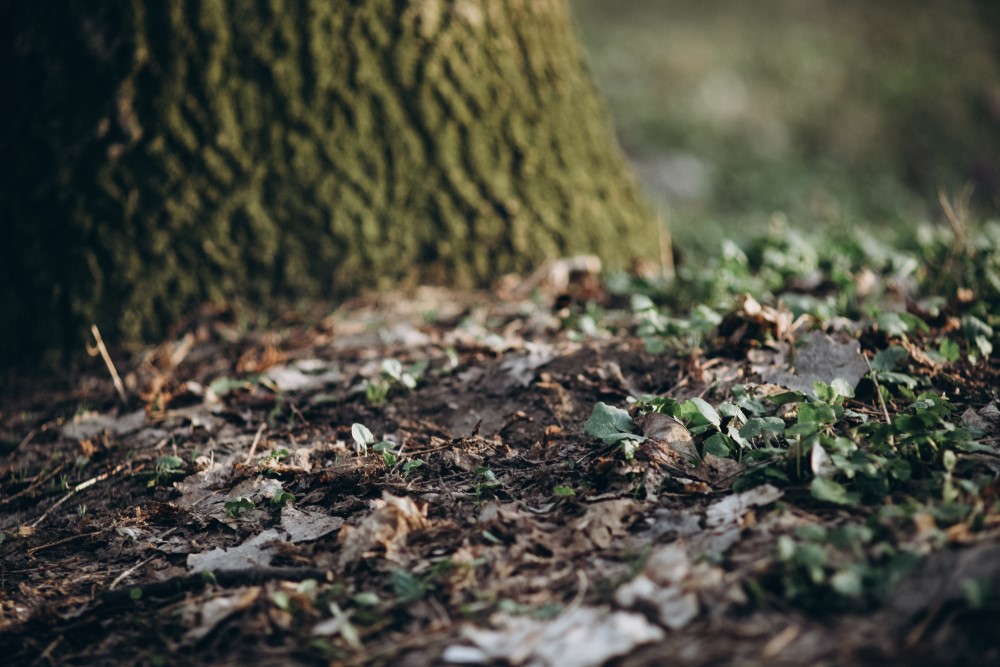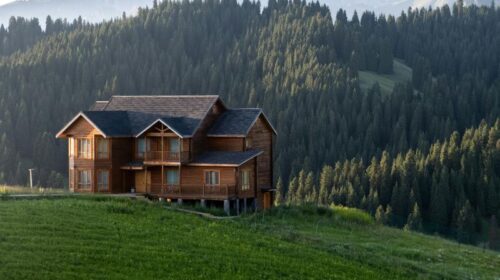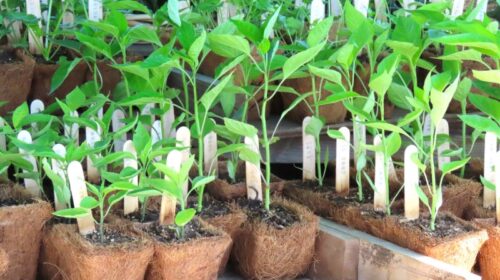Soil’s Renewed Purpose
The Ben Lomond Gardener
By Uncle Skip
It is not easy to express the joy and relief a gardener feels with the season’s first real rain. You’ve spent months zealously tracking temperatures and watching your plants for the least hint of water stress. You might have overwatered, a time or two, just to be safe. You might also have watched, in deep chagrin, how a slight miscalculation in watering frequency can affect a plant you’ve been patiently fussing over for months or years. Add to this the evermore frequent Summer waves of apocalyptic heat, for which you must now prepare.
Then the rain arrives. The dust and cobwebs wash away, along with the memory of heat waves, half dead plants, and high water bills. The world is again new. Frogs croak, worms slip and slither, and the normally frenetic squirrels run for cover. The soil blushes a rich dark brown, as if reminded of what it means to be beautiful and fecund. The microbes in your compost attack your table scraps with renewed purpose.
Yet, the rain limits us. Consider your soil structure. A good garden soil structure takes time to form, between the decomposition of organic matter, the vital activity of earthworms and soil microbes, and the slow, steady process of chemical weathering. The goal is a soil with tilth, drainage, and available nutrients, neither too wet nor too dry, with generous (but not over generous) organic matter. These soils hold and feed our most spectacular and ambitious dream gardens, wherein plants casually thrive like immortals on a balmy day in Elysium. I’m only exaggerating slightly. Digging when the soil is wet may quickly reverse this process, causing compaction, preventing good drainage, and reducing nutrient availability and absorption by the plant.
Test soil wetness first. Take a handful of soil and compress it in your fist. If it forms a “mold” of the inside of your fist, it’s too wet. If it forms a loose ball, that collapses when you open your fingers, it is dry enough to work. You want a soil with the moisture content of a wrung-out sponge. Wait a few days after the rain, if you must dig. Your earthworms will be grateful.
Or wait longer. There’s plenty you can do now. Sow a ground cover, like an erosion-control grass mix (avoid non-native, invasive species, especially in burn-damaged areas). Perennial creeping red fescue is one option (may fare better in shade than full sun). Resource Conservation District of Santa Cruz (rcdsantacruz.org) is recommending common barley and certain native grasses for erosion control in burn-damaged areas, with some important caveats. Try covering broadcast seed with seed-free rice straw. The straw will help hold the soil and may protect the seed somewhat from ravenous birds. Straw “wattles” can be installed to reduce soil erosion on steep, wet and/or burn-damaged slopes. Be aware that it is late in the year for erosion control plantings to be effective this Winter. They will need to be established before the next major rain, to hold the soil well.
After the first rain is a great time to apply finished compost and mulch, such as mini-bark. The rain causes the weed seed to germinate, then the mulch covers and shades out the weed seedlings. Mulch, compost, wattles, straw and seed mixes are all available from our friends at Mountain Feed and Farm Supply on Hwy 9 in Ben Lomond.
Some sources advocate removal of fallen leaves and pine needles in Fall, to control plant fungi and fire fuel. I don’t. Bare soil is lifeless. Decomposing leaves feed vital soil fungi and earthworms, a benefit that far outweighs the risk of possible plant fungal diseases. As for fuel reduction, it won’t hurt to remove some deep pine needle and leaf duff from time to time, but not necessarily now, when it’s wet and definitely not all of it. The earthworms will take care of it for you, if you give them time.
Uncle Skip writes about seasonal gardening from his home in beautiful Ben Lomond, California.




